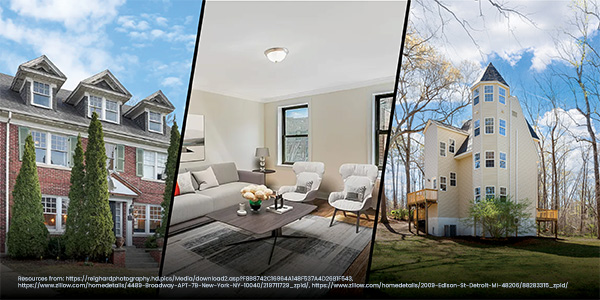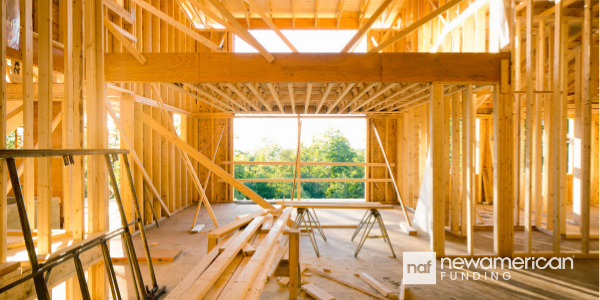Housing News
Yes, Home Sales Are Actually Slowing Down
December 28, 2020
In a sign that things may be returning to some semblance of normalcy, home sales are slowing down at the end of the year, just as they typically do in other "regular" years.
Earlier this month, data from the National Association of Realtors showed that pending home sales, a leading indicator based on signed real estate contracts, fell in October, signifying that home sales may be tapering off as the year comes to a close.
Now, the actual home sales data from November has come in, showing that sales of both existing and new homes fell in November from where they were in October.
According to NAR, existing home sales fell by 2.5% in November from October's total, breaking a five-month streak of increases.
Meanwhile, data from the Census Bureau and the Department of Housing and Urban Development showed that new home sales fell by 11% from October to November.
However, it should be noted that existing and new home sales were still running well above 2019, further evidence of how hot the housing market has been this year.
According to the Census and HUD report, new home sales in November were still up 20.8% over last year. Existing home sales, on the other hand, are still running 25.8% above where they were in November 2019.
"Home sales in November took a marginal step back, but sales for all of 2020 are already on pace to surpass last year's levels," said Lawrence Yun, NAR's chief economist. "Given the COVID-19 pandemic, it's amazing that the housing sector is outperforming expectations."
On the new homes front, the National Association of Home Builders notes that the decline in new home sales may continue as demand for new homes is far exceeding the homebuilding industry's current ability to build.
"The home building industry saw a historic gap between the pace of new home sales and construction of for-sale single-family housing this fall," said NAHB Chief Economist Robert Dietz.
"As a result, the pace of new home sales was expected to slow to allow construction to catch up," Dietz continued. "This appears to have occurred in November as inventory of completed, ready-to-occupy new homes was down 43% compared to November 2019 at just 43,000 homes nationwide."
That means that fewer newly built homes are being brought to the market, further shrinking what is already a short supply of existing homes on the market.
According to NAR's report, there were a total of 1.28 million houses on the market in November, down 9.9% from October and down 22% from last November. Unsold inventory is sitting at an all-time low of 2.3 months given the current pace of home sales, down from 2.5 months in October and well below last year's total of 3.7 months.
That lack of available inventory is continuing to drive prices higher, as the median existing-home sales price in November was $310,800, up 14.6% from November 2019. According to NAR's report, home prices have now risen in 105 straight months, equaling just shy of nine years.
As for whether the current market conditions are sustainable, Yun has some slight concerns.
"Housing affordability, which had greatly benefitted from falling mortgage rates, is now being challenged due to record-high home prices," Yun said. "That could place strain on some potential consumers, particularly first-time buyers."






 Smart Moves Start Here.
Smart Moves Start Here.